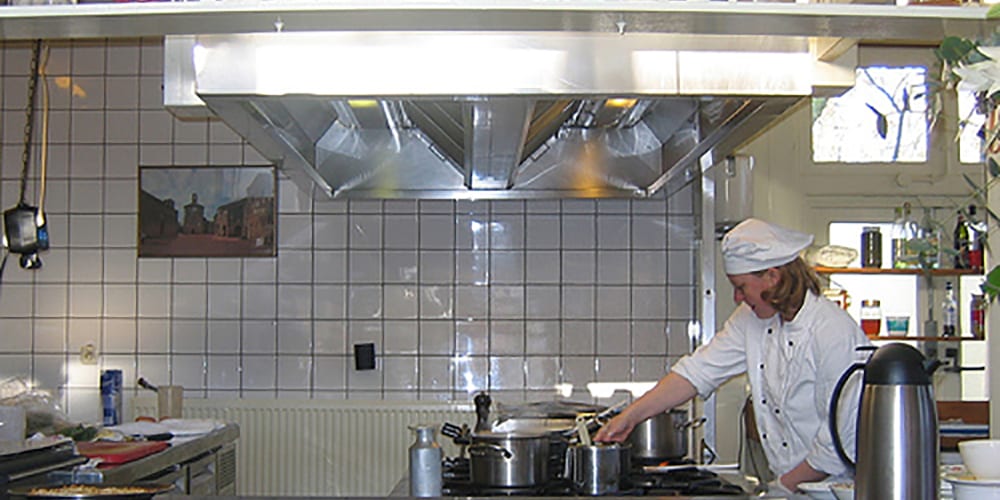The kitchen is the heart of any home; it’s where we gather to cook, share meals, and create lasting memories with our family and friends. But if not properly maintained, a kitchen can also be a hazardous place.
Grease build-up from cooking can accumulate in your range hoods, vents, and ducts over time, creating a fire hazard.
Regular cleaning of your kitchen hoods is essential for keeping your family safe while also promoting better air quality in your home.
In this article, we’ll discuss why regular hood cleaning is so important and provide tips on how to do it safely and effectively. With these simple measures you can ensure that your kitchen stays both safe and healthy for all who use it.
Why Regular Hood Cleaning is Important
When it comes to kitchen safety, regular hood cleaning should be at the top of your list.
Grease build-up from cooking can accumulate in exhaust systems over time and create a fire hazard if not properly cleaned.
Not only that, but these grease particles can also reduce air quality by clogging up ducts and vents, leading to poor ventilation in your kitchen.
Taking the necessary steps to clean your hoods regularly will help prevent fires and ensure that you’re breathing in fresh, clean air while you’re cooking.
How to Clean Kitchen Hoods Safely and Effectively
The best way to keep your kitchen hoods clean is to create a cleaning plan and stick to it. Most kitchens should be cleaned at least twice a year, though if you cook often or use deep fryers then more frequent cleaning may be necessary.
Gather all of the supplies you’ll need for the job; this includes gloves, safety goggles, an appropriate detergent, a brush or scouring pad, and a rag or sponge. You may also need access to ladders or stepladders depending on how high your hoods are.
Once the area is cleared and prepped for cleaning, begin removing any grease and debris from filters, fan motors, and duct work using your chosen detergent. Pay special attention to areas where grease has accumulated, as this is the most likely place for a fire to start.
Once you have finished cleaning, check all parts and components of the hoods for signs of damage or wear and tear. If any issues are found, it’s best to call in a certified technician to repair them before proceeding with further cleaning.
Finally, wipe down all surfaces with a damp cloth and let air dry completely before replacing filters and turning on your kitchen ventilators.
Conclusion
Having a regular kitchen hood cleaning service is an important part of kitchen safety, and should be done at least twice a year to prevent fires and promote better air quality.
Taking the time to follow the steps outlined above will help ensure that your kitchen remains safe and clean for all who use it.
With regular maintenance you can rest assured knowing that your family stays safe while also enjoying fresh-smelling air while they cook.

